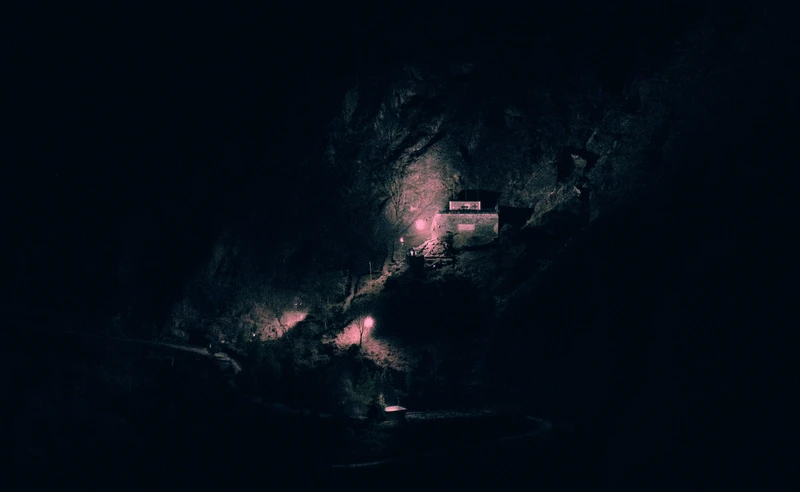Soumya Sankar Bose: Braiding dusk and dawn
15 May-7 Jul 2024
PV 14 May 2024, 6-8pm


Braiding dusk and dawn, the first international solo exhibition by multi award-winning Soumya Sankar Bose, delves deep into the lingering traces of the three-year disappearance of the artist’s mother as a child, during a period of political turmoil in her home state of West Bengal.
Alongside images from his well-established photographic practice, this exhibition presents a 360° VR film and a newly commissioned three-channel film, which recount this incident from two different, fragmentary perspectives: that of the artist’s grandfather and mother. Enmeshing fiction and reality, this show develops the artist’s long-term engagement with the experiences of communities in post-Partition Bengal, here circling back to reflect on that of his own family.
Experienced through a VR headset, A Discreet Exit Through Darkness (2023), immerses the viewer in the psychological torment experienced by Bose’s grandfather during the protracted search for his missing daughter. As the reimagined diary entries unfold, the viewer enters a tender yet troubled soul moving through an eerie, dilapidated house, where a radio emits sporadic reports of the riots taking place across the country.
Things We Lost Last Night (2024) is a newly commissioned three-channel film that speculates about the journey of the missing girl through an interior monologue of the now grown-up woman: braiding together a disjointed, hallucinatory tale of unrest, conflicting beliefs, and imagination. Bose’s mother has prosopagnosia (a condition also known as face blindness) and to this day struggles to recount what happened to her during those years. The film is informed by piecemeal accounts from her dairy, interspersed with rarely-recounted episodes of the social unrest experienced by West Bengal in the 1960s and 70s — including stories the artist gathered by sifting through hundreds of archival newspapers during his residency at Delfina Foundation in 2022. Built on this research, the oneiric narrative jumps across places, times, and characters, weaving faces and fables of a one-eyed old lady, a Naxalite guerrilla, and a trip to the sinking holy town of Joshimath. Through this, Bose ties an intimate family story to the psyche and repressed memories of the upheavals and mass agitations of that period.
Accompanying the films, the exhibition’s photographic works present scenes that seek to visualise the interiority of the subjects themselves. Scattered around the dark immersive gallery space, audiences are encouraged to seek them out using the torches provided.